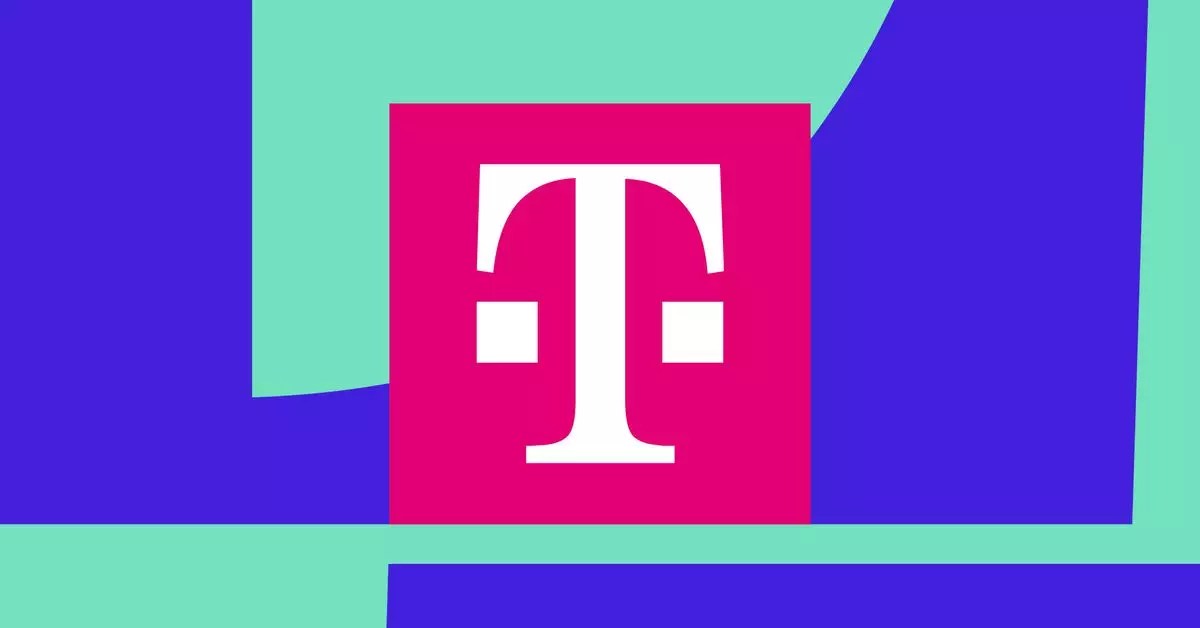In an era where natural disasters wreak havoc and traditional communication infrastructure faces significant pressure, innovative solutions are increasingly essential. Recently, T-Mobile collaborated with SpaceX to utilize Starlink satellites for enabling text messaging in areas severely impacted by Hurricane Helene and Hurricane Milton. This partnership represents a significant leap in emergency communication technology, setting a precedent for how we can maintain connectivity even when terrestrial networks face overwhelming disruption.
SpaceX announced that T-Mobile customers within the affected regions could now send simple SMS texts via the Starlink satellite network. This strategic move addresses a vital need in post-disaster scenarios where quick and reliable communication is crucial for safety and coordination. According to SpaceX, messages can now be sent and received directly from mobile devices, allowing users to communicate with loved ones, reach out for emergency assistance, and receive critical alerts from authorities.
The assurance from SpaceX and T-Mobile that you can reach emergency services, such as 911, demonstrates an understanding of the necessity for emergency communications. This type of direct-to-cell service could potentially save lives, as it offers an avenue for individuals to alert the relevant authorities during crises when traditional systems fail.
In terms of functionality, users connecting to a Starlink satellite will notice a network designation of “T-Mobile SpaceX,” which becomes visible when the connection is established. They should also expect variable signal strength, typically ranging from 1 to 2 bars. This indicates the satellite’s reliance on a clear line of sight, which reinforces the service’s effectiveness in outdoor conditions.
However, potential users must also be mindful of a few practical challenges. SpaceX recommends attempting to send messages again if initial attempts fail, reflecting ongoing challenges in satellite communication due to environmental conditions or service coverage limitations. Furthermore, for optimal connectivity indoors, users should position themselves near a window, as satellite signals can be obstructed by surrounding structures.
The Federal Communications Commission (FCC) has played a critical role in facilitating this service by granting temporary approval for the operation in disaster-struck areas. This regulatory support not only legitimizes the service but also highlights the growing recognition of satellite communications as a vital resource during emergencies.
As technology continues to evolve, the implications of this collaboration could extend far beyond crises stemming from hurricanes. This model of satellite-supported communication may serve as a template for future initiatives in disaster recovery and connectivity, particularly in remote or underserved areas prone to natural disasters.
T-Mobile and SpaceX’s partnership to enable SMS during disasters is a monumental stride toward ensuring that communication remains robust, reliable, and, most importantly, life-saving during tumultuous times. This innovative solution marks a substantial step in rethinking how we can leverage technology to foster resilience in face of our planet’s unpredictable nature.


Leave a Reply